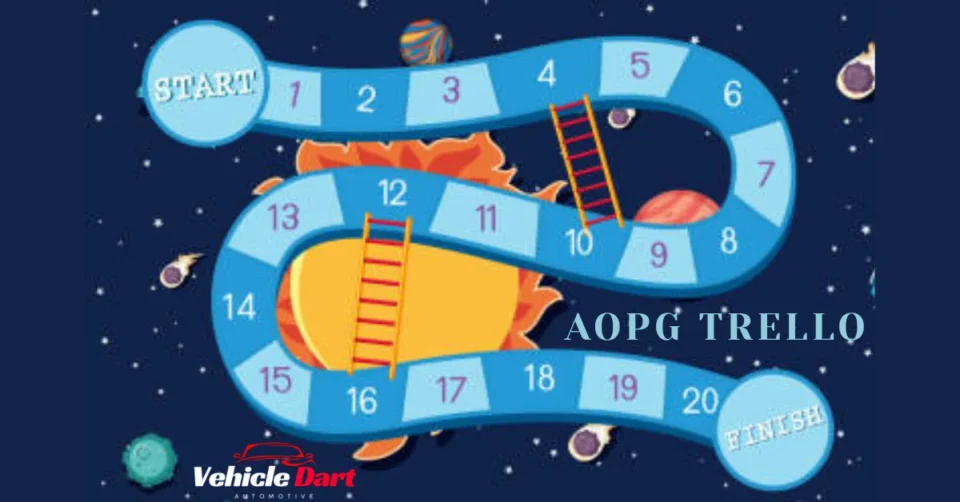Introduction to AOPG Trello
Welcome to the ultimate guide for mastering AOPG Trello! If you’re diving into the world of One Piece Game (AOPG) and want to stay organized, you’ve landed in the right spot. Trello offers a visually appealing way to manage your projects, from tracking character development to planning team raids. Whether you’re a seasoned player or just starting out, understanding how to use Trello effectively can elevate your gaming experience.
Imagine having all your game tasks laid out clearly in one place. No more scrambling through notes or losing track of important details. With AOPG Trello, you can streamline your gameplay while collaborating seamlessly with fellow players. Get ready to transform chaos into order and enhance your strategy as we explore how this powerful tool can work wonders for managing One Piece adventures!
Understanding the Basics of Trello Boards and Cards
Trello is a visual collaboration tool that organizes tasks using boards and cards. Each board represents a project or workflow, making it easy to see the big picture.
Cards are the heart of Trello. They hold tasks, ideas, or any piece of information related to your project. You can move these cards across different lists—such as “To Do,” “In Progress,” and “Done”—to track progress effectively.
Adding details to each card enhances functionality. Include descriptions, attachments, comments, and links for clarity. This way, all relevant information stays in one place.
Trello’s flexibility allows you to customize boards according to your needs. Whether you’re managing personal projects or collaborating with a team on AOPG-related tasks, understanding this structure is key for effective organization and productivity.
Creating an AOPG Trello Board for Efficient Game Management
Creating an AOPG Trello board is a game-changer for managing your One Piece gameplay. Start by setting up a new board specifically tailored to your gaming needs.
Organize your columns based on different aspects of the game, such as character development, quests, and events. Each column can represent a stage in your progression or specific tasks you need to accomplish.
Next, add cards for each task or element within those categories. This could include leveling up characters, gathering resources, or completing missions.
Make sure to write clear titles and descriptions so you know exactly what each card represents at a glance. You can also attach relevant links or images that might help clarify objectives further.
This streamlined approach allows easy tracking of progress while providing quick access to essential details whenever needed.
Utilizing Labels, Checklists, and Due Dates on Trello Cards
Labels are a powerful tool within Trello. They allow you to categorize tasks based on different criteria, such as priority or type of activity. For AOPG projects, using color-coded labels can help your team quickly identify which cards need immediate attention.
Checklists further enhance card functionality. You can break down larger tasks into smaller, manageable steps. This not only keeps the workflow organized but also provides a satisfying way to track progress as items get checked off.
Due dates add an additional layer of structure to your boards. By setting deadlines for each task, everyone stays aware of upcoming milestones and avoids last-minute scrambles. Timely reminders keep your project moving forward smoothly.
Combining these features ensures that every aspect of your game management process is streamlined and efficient. It’s all about creating clarity and boosting productivity in the AOPG environment.
Collaborating with Team Members on AOPG Trello Boards
Collaboration is key in any gaming community, and AOPG Trello boards make it seamless. By inviting team members to your board, everyone can contribute ideas and track progress together.
Use the comment feature on each card for real-time communication. This keeps discussions organized and ensures that all feedback is linked directly to specific tasks or features.
You can assign cards to individual members, clearly defining responsibilities within the team. Everyone knows who’s handling what, which reduces confusion.
Regular check-ins are also essential. Utilize Trello’s notification system so everyone stays updated on changes or comments made by teammates.
Creating a shared checklist allows for collective accountability as you tackle game strategies or events. With open channels of communication and transparent task assignments, teamwork flourishes naturally on AOPG Trello boards.
Automating Tasks with Power-Ups and Integrations
Trello’s Power-Ups are game-changers for AOPG Trello boards. They enhance your workflow by adding functionalities that fit your needs perfectly.
Start with automating repetitive tasks. Tools like Butler can help you create rules and commands to trigger actions automatically. This means less manual work and more time for strategizing your gameplay.
Integrations expand the possibilities even further. Connect Trello with tools like Google Drive or Slack, making it easy to access files and communicate without leaving the board.
Consider setting up reminders through integrations too. Timely notifications ensure you never miss a deadline or important task related to One Piece Game management.
Exploring different Power-Ups will allow you to customize your experience in ways that suit your team’s style best. Keep experimenting until you find the perfect combination!
Tips and Tricks for Streamlining Workflow with AOPG Trello
To enhance your workflow with AOPG Trello, start by setting up custom templates for recurring tasks. This saves time and keeps everything consistent across your boards.
Next, use automation features like Butler to create rules that trigger actions based on card movements or due dates. Automating repetitive tasks reduces manual effort significantly.
Consider color-coding cards with labels for quick visual reference. It makes identifying priorities easier when managing multiple quests in One Piece Game.
Incorporate a dedicated “Done” column to celebrate completed tasks visually. This not only boosts motivation but also provides clarity on progress at a glance.
Regularly archive old cards to keep the board clean and focused on current objectives. Clutter can lead to confusion, so maintaining an organized space is key.
Engage in weekly reviews of your boards with team members to adjust strategies as needed. Collaboration fosters growth and ensures everyone is aligned toward common goals.
Conclusion
AOPG Trello offers a robust way to enhance your One Piece Game management. By mastering the functionality of boards and cards, you can create an organized workspace tailored to your gaming needs. With features like labels, checklists, and due dates, every task becomes manageable.
Collaboration is key in any gaming environment. Using AOPG Trello allows team members to contribute effectively while keeping everyone on the same page. Automation through Power-Ups further simplifies processes, letting you focus on gameplay instead of logistics.
Implementing these tips will streamline your workflow significantly. Embrace the tools at your disposal and watch as your efficiency soars within the world of One Piece Gaming! Whether you’re strategizing for raids or managing resources, AOPG Trello ensures that every aspect is just a card away from perfection.
The Vehicle DART holds the key to smarter choices—explore it right away!

